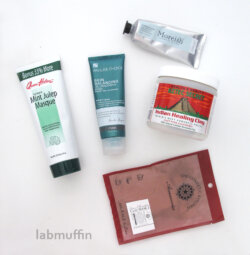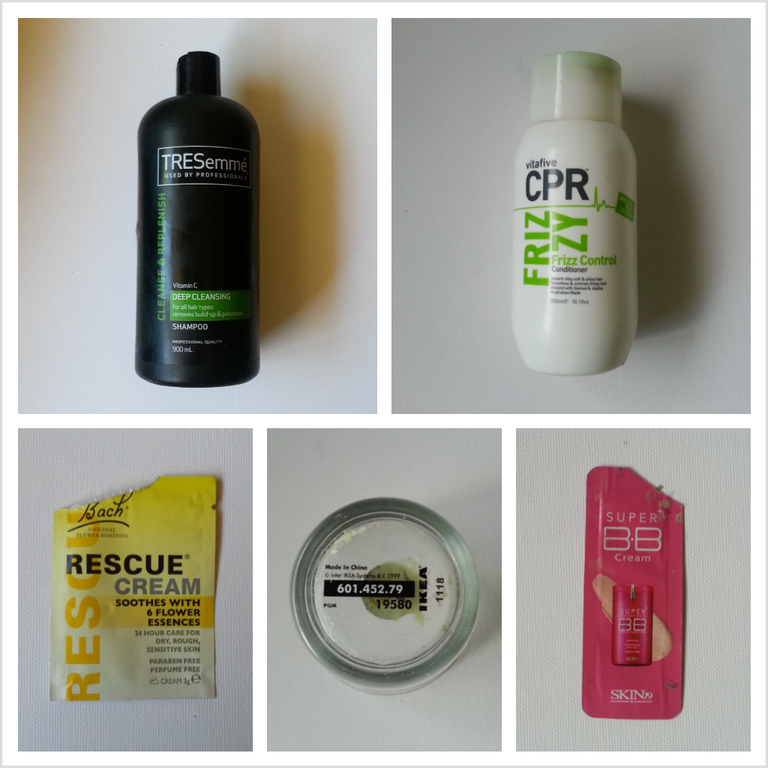How to choose a skincare mask
There are a lot of masks out there – which one should you use to boost your skincare routine into hyperdrive? Let me help! What is a mask? A mask is a treatment that you put on your face for an extended period of time (between 10 minutes and 10 hours). You’re not meant to be seen in public while …


